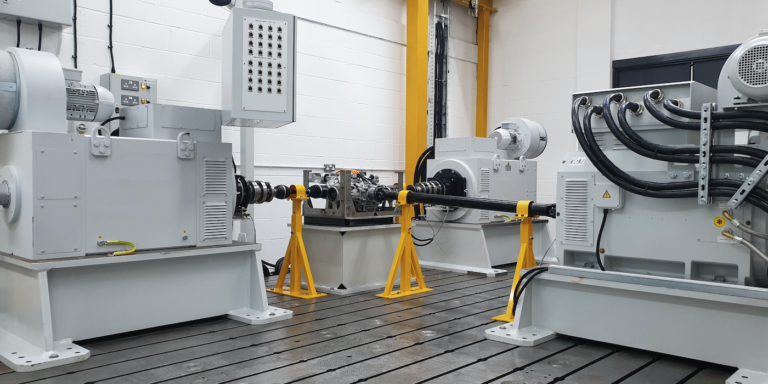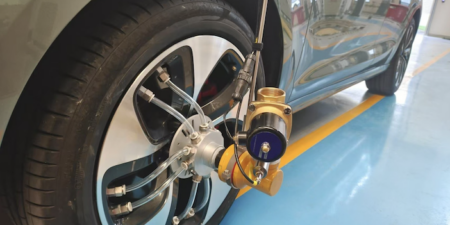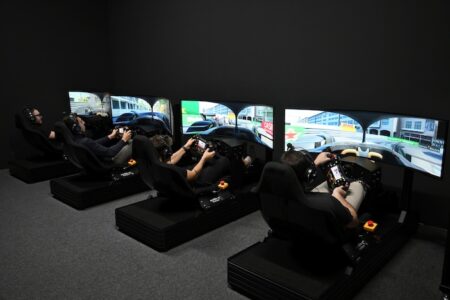Drive System Design (DSD), a UK-based electrified powertrain engineering consultancy, has expanded its test facilities with the addition of two further test cells for high-performance hybrid axles and e-machines. The company says that the investment reflects a growing demand for outsourced test capacity suitable for electrified powertrains, as the automotive industry prioritises its development in response to global emissions concerns.
The first of the new cells can deliver input torque up to 2,500Nm at 2,100rpm, 525kW at 7,000rpm, and 350kW 1,100V of battery emulation, with the second for e-machines up to 350kW and 25,000rpm. The new cells complement DSD’s existing facilities, which include a 450kW highly transient ETPS machine (Engine Torque Pulse Simulator) and three battery emulators.
“The recent Covid-19 pandemic has put an ever-bigger spotlight on our environment, and recent government announcements on ICE restrictions is resulting in a faster shift to electrified vehicles than first anticipated,” stated David Kelly, director of DSD. “There is a significant increase in demand globally, not only for design and development work but also for outsourced testing. The additional facilities will extend our ability to provide this for a wide range of hybrid and electric powertrains.”
According to Kelly, even the largest, established vehicle manufacturers are struggling to accommodate the upsurge in test requirements using solely in-house facilities, and the situation is likely to become even more acute in future. “We are in the middle of a sea change in the industry, as the major players allocate more of their manufacturing to electrified vehicles,” he explained. “Companies like DSD can provide vital additional resource to help satisfy short-term peaks in testing demand as this change in policy takes effect.”
DSD is developing its automation capabilities within the facility to help speed-up testing. This work has proven particularly effective in the case of hot and cold environment testing. According to Kelly, tests that previously took six weeks to complete can be finished in half the time with suitably configured automatic control.





